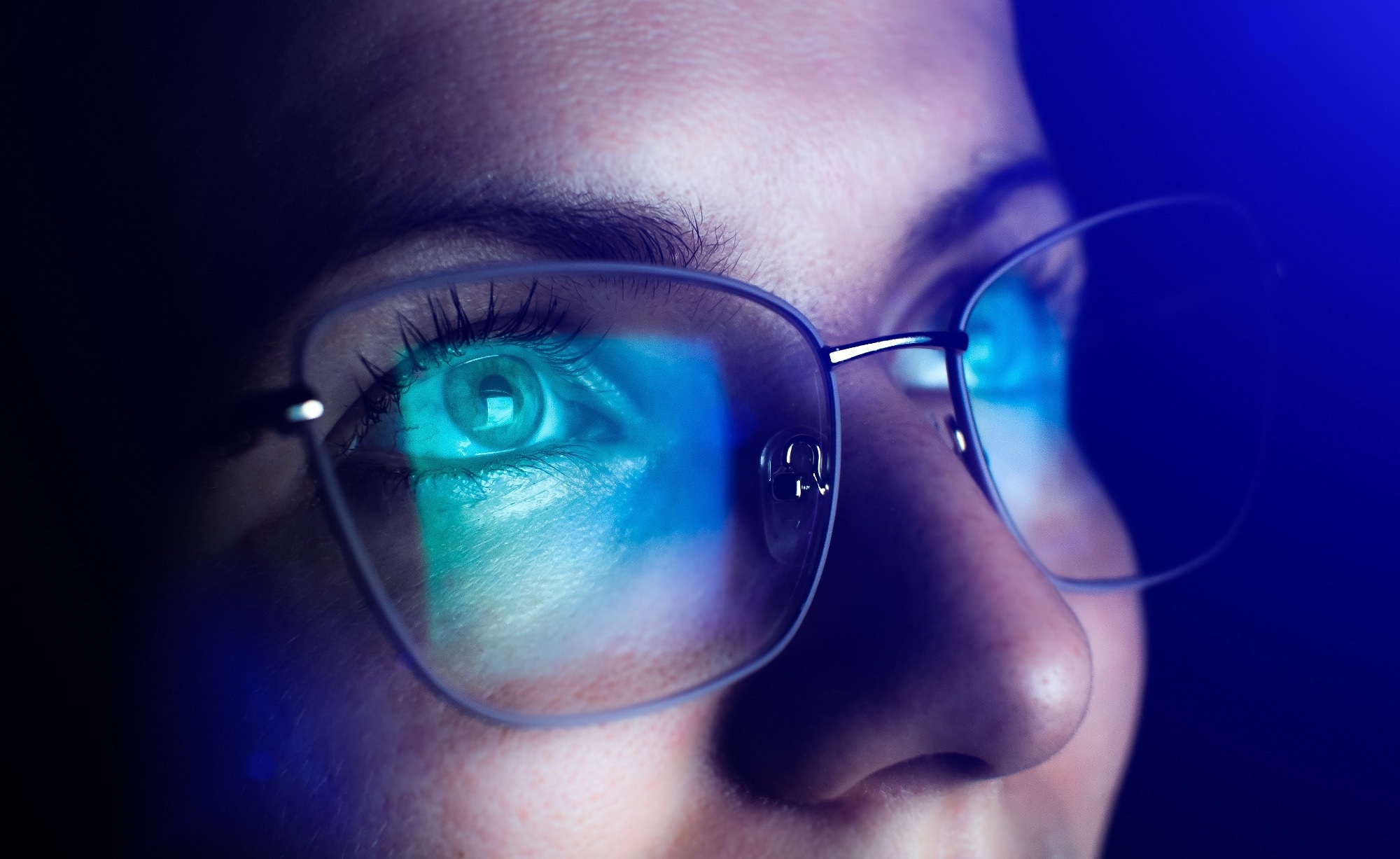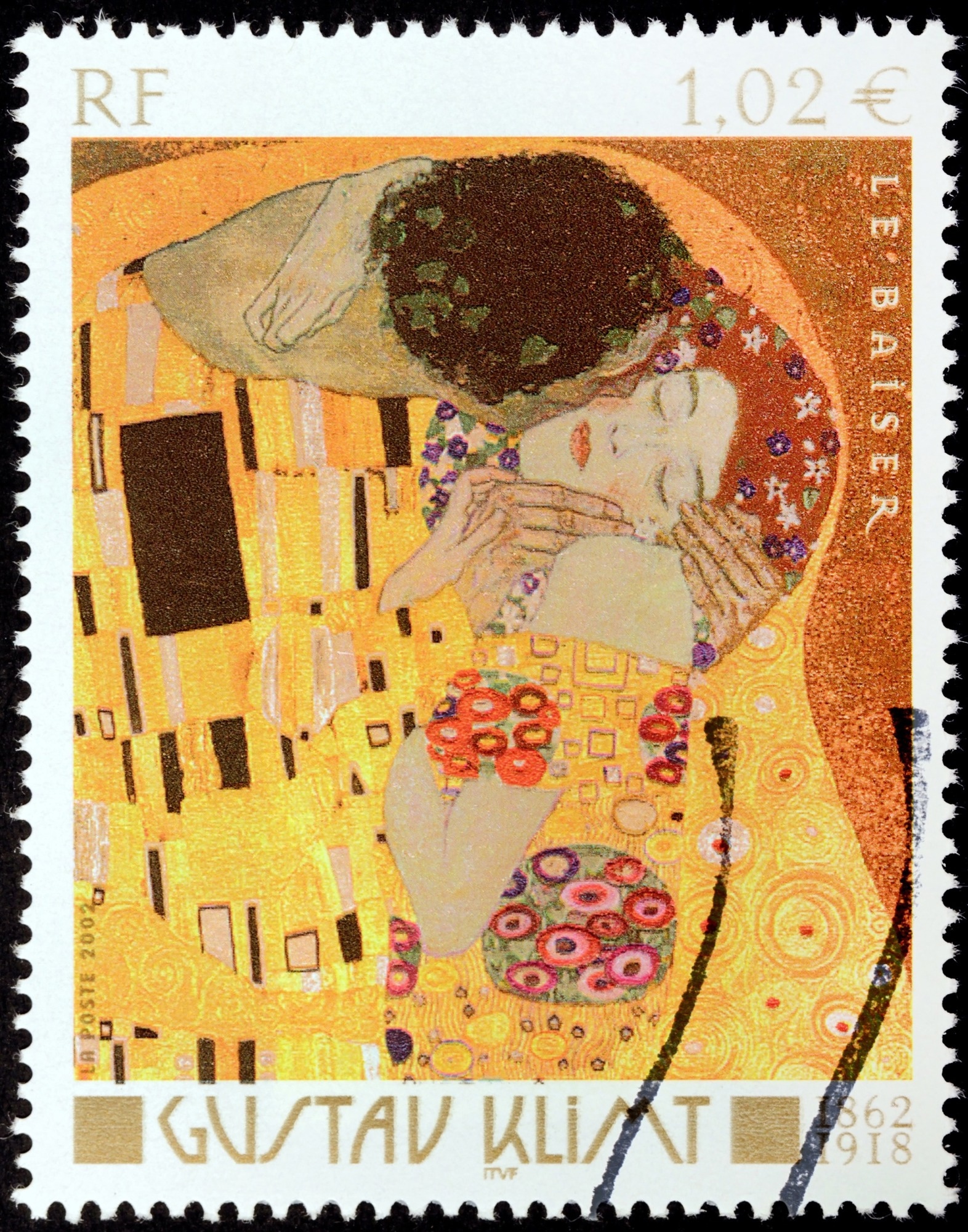By combining nanophotonics with electrochemistry, researchers have unlocked full-color, high-speed display technology that mirrors human vision and cuts energy demands.
 Study: Video-rate tunable colour electronic paper with human resolution. Image Credit: Only_NewPhoto/Shutterstock.com
Study: Video-rate tunable colour electronic paper with human resolution. Image Credit: Only_NewPhoto/Shutterstock.com
The study, published in Nature, presents a “retina electronic paper” (retina E-paper) that achieves human-eye-level resolution while consuming remarkably little power. Using electrochromic nanomaterials, the reflective display reaches 25,000 pixels per inch, far exceeding the theoretical limit of retinal acuity, and delivers full-color, video-rate performance.
The Challenge of High-Resolution Displays
As VR brings digital screens closer to the eye, traditional display technologies are hitting physical and optical limits. OLED and micro-LED panels lose brightness and uniformity when pixels shrink, while current reflective screens rarely exceed 1,000 ppi.
The new retina E-paper avoids these limitations via nanoscale optical engineering, maintaining clarity and color accuracy at extreme pixel densities.
Retina e-Paper: Mechanisms
The team patterned tungsten trioxide (WO3) nanodisks onto a reflective aluminum–platinum substrate. Each nanodisk acts as an optical “metapixel,” producing color through Mie scattering and interference rather than light emission.
A lateral electrode gap of 500 nanometers and a 1.0 M LiClO4 electrolyte enable rapid ion movement, allowing color changes in just 40 milliseconds, fast enough for smooth video playback at over 25 Hz.
Because the electrochromic WO3 maintains its color state without continuous power, it operates with bistable color-memory behavior, consuming only about 1.7 mW/cm2 during video use and 0.5 mW/cm2 for static images.
Results and Demonstrations
Microscopy confirmed vivid color at submicrometer scales with minimal crosstalk between pixels. The device reproduced intricate images, including a 3D anaglyph butterfly and Gustav Klimt’s The Kiss, showcasing stereoscopic depth and fine-art color fidelity.
 A reproduction of Gustav Klimt's The Kiss as a French stamp. Image Credit: Sergey Goryachev/Shutterstock.com
A reproduction of Gustav Klimt's The Kiss as a French stamp. Image Credit: Sergey Goryachev/Shutterstock.com
The retina E-paper’s hybrid CMY and RGB subpixel spacing (380 nm (red-green), 80 nm (blue-red), and 100 nm (green-blue)) enabled precise additive color mixing. Across its compact 1.9 × 1.4 mm2 area, it delivered stable optical performance and true video-rate reflectivity under ambient light.
Get all the details: Grab your PDF here!
Why It Matters
Unlike emissive screens that rely on backlighting, retina E-paper uses ambient reflection, making it more energy-efficient and comfortable for near-eye devices such as VR and AR headsets.
The study also outlines future steps: expanding color gamut, integrating thin-film transistor (TFT) addressing for large-area control, and improving electrolyte durability for long-term use.
The researchers note that the display requires front illumination, a feature easily compatible with existing AR/VR optics, and could lead to lightweight, high-fidelity, and sustainable visual systems.
Journal Reference
Santosa, A. S. S., Chang, Y.-W., et al. (2025). Video-rate tunable colour electronic paper with human resolution. Nature, 1–7. DOI: 10.1038/S41586-025-09642-3
Disclaimer: The views expressed here are those of the author expressed in their private capacity and do not necessarily represent the views of AZoM.com Limited T/A AZoNetwork the owner and operator of this website. This disclaimer forms part of the Terms and conditions of use of this website.